Food Preservation Methods
The goal of food preservation is to increase the shelf-life of fresh foods while preventing growth of harmful bacteria that causes food to spoil. There are several safe ways to preserve food. Availability of appropriate equipment, seasonality of product, time, and storage space are factors that can influence the type of food preservation method you choose.
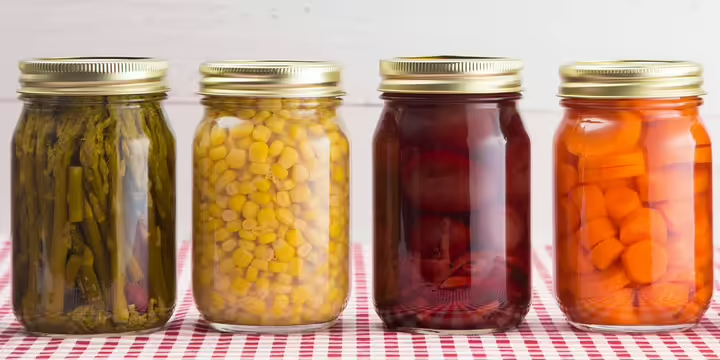
Canning
Canning relies on heat processing for specific lengths of time to produce safe, shelf-stable food. This method requires equipment such as jars with two-piece lids, pressure canners or stock pots for boiling water canning, and various utensils.
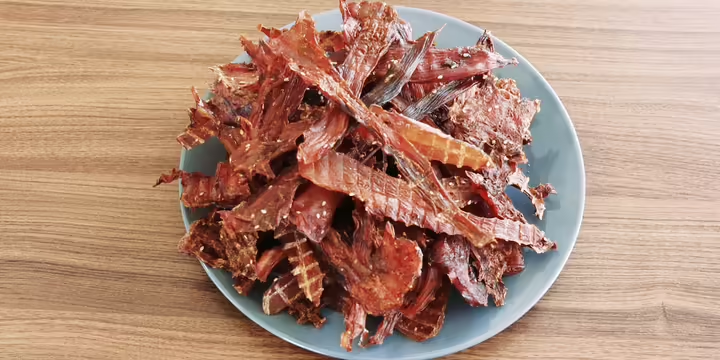
Drying
This safe, simple way to preserve uses heat, low humidity, and air circulation to reduce the amount of moisture in foods to a point where bacteria, yeast, and mold cannot grow. Dried foods are lighweight and convenient to store and carry.

Fermenting
Fermented food has a long, successful history. Microorganisms in the fermentation process break down food into componenets that often result in a nutritionally enhanced product with a tangy, flavorful taste.
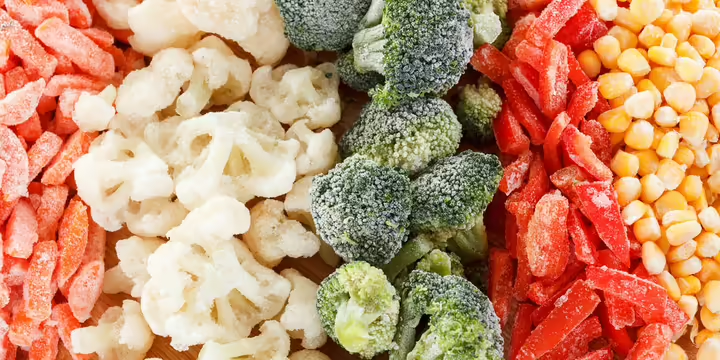
Freezing
Freezing is an easy, convenient way to preserve fresh produce. It required less time and delivers fresh flavor and higher nutritional value than other food preservation methods.
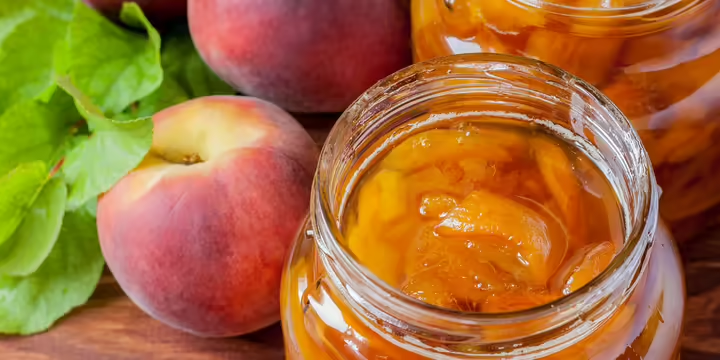
Jams and Jellies
Making jam and jelly from fresh produce is an easy food preservation method that requires only fruit, pectin, and a few basic kitchen tools to get started.
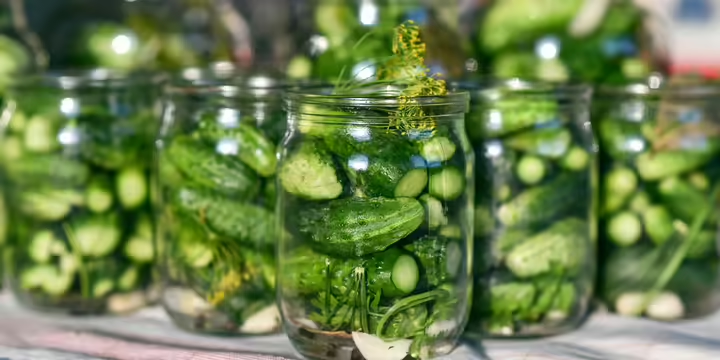
Pickling
Pickling preserves food by either anaerobic fermentation in brine or immersion in vinegar and draws on tested combinations of salt, sugar, and spices for a tangy taste.